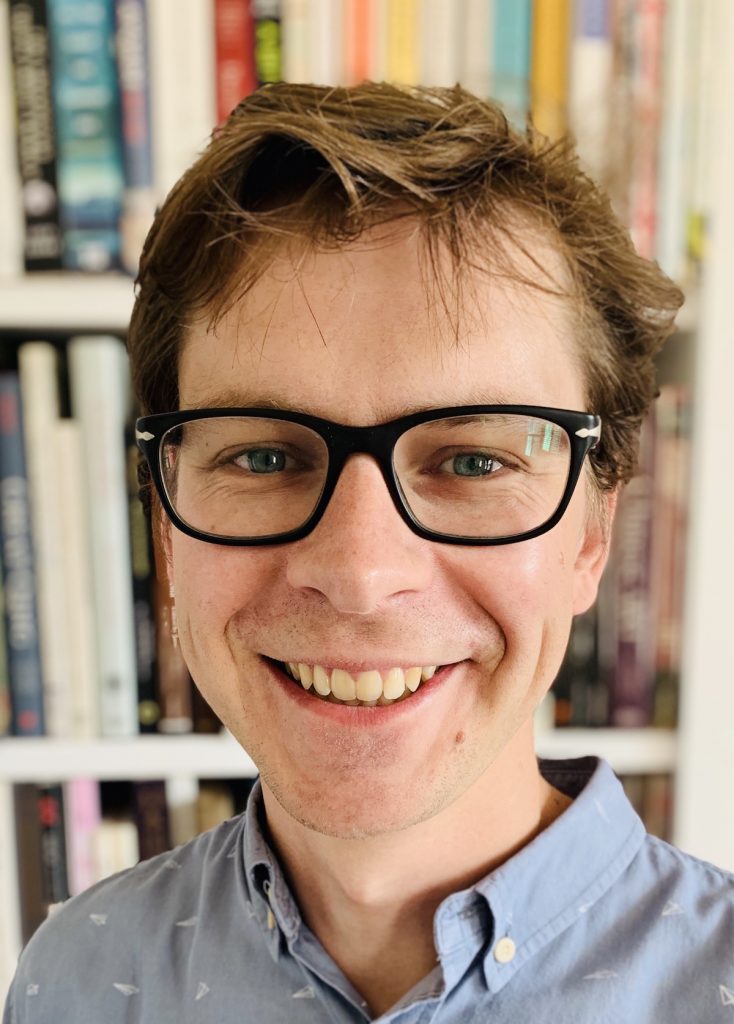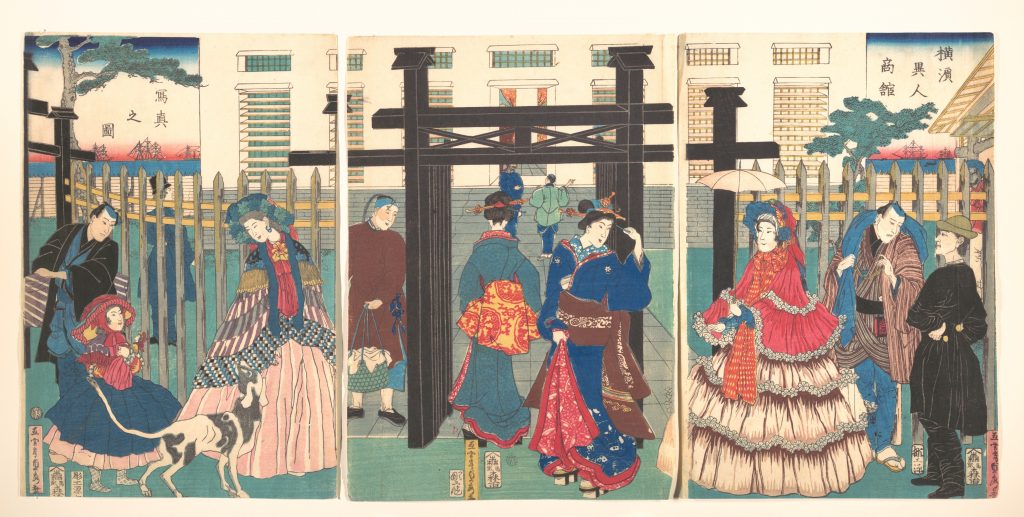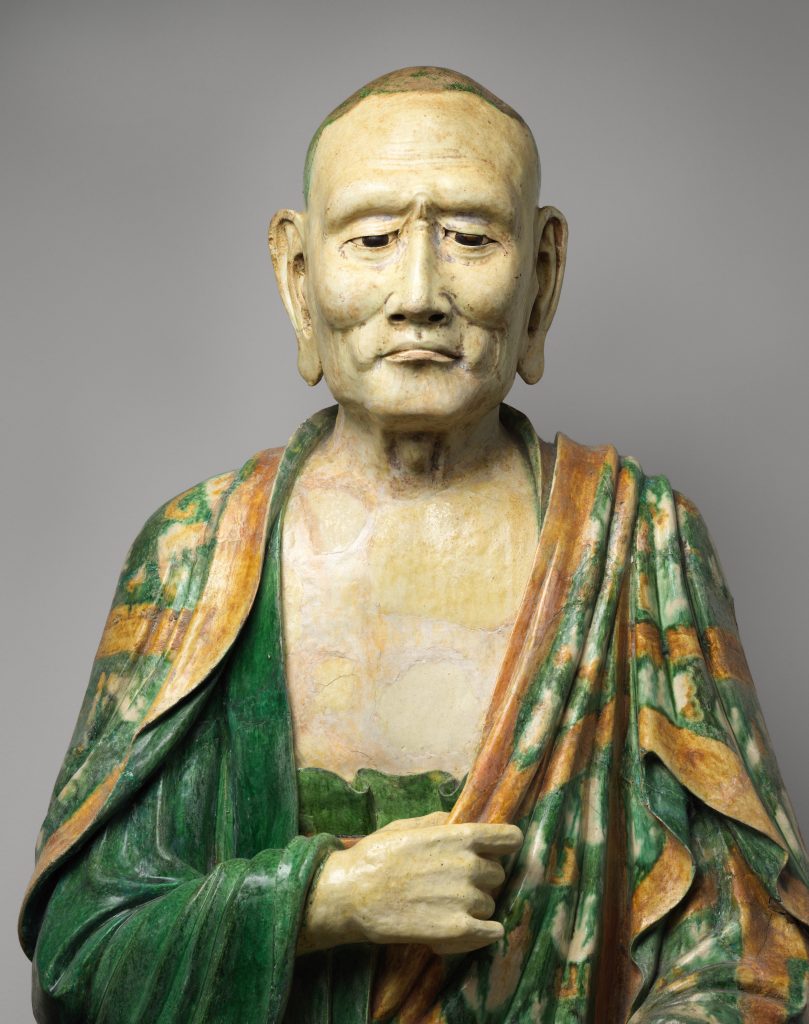How the New Director of a Prestigious Asian Art History Program Collaborated With Museums to Keep Object-Based Learning Alive


Artnet Gallery Network

How do you study an object that you can’t see in person? It’s a conundrum art historians have faced this past year, and one that’s made for a seismic and unexpected shift in how postgraduate education happens.
Not all the changes have been for the worse, says Dr. Malcolm McNeill, director of SOAS University of London’s Asian Art postgraduate diploma, which offers one of the world’s preeminent degrees in the field.
A graduate of the SOAS (School of Oriental and African Studies) program himself, McNeill returned to the institute after years working as a Chinese painting specialist at Christie’s and, before that, holding curatorial roles with the British Museum and the V&A. McNeill took the helm of the program in the middle of 2020, amid the ongoing crisis.
In the months since, his program has led the school in adapting their object-based education with a video series made in conjunction with several leading museums.
Recently, McNeill spoke with us about the silver linings of online education and how spending six months at a Buddhist monastery in Taiwan led him to where he is today.
Tell me a little bit about how you came into your current position. I know you were at Christie’s in the Chinese paintings department for a while. How have those experiences informed your leadership as director of SOAS?
I was very lucky to have a varied career before joining SOAS, working at the British Museum, the Victoria & Albert Museum, and Christie’s. This combination of museum and art-market experience fits very well with the SOAS Postgraduate Diploma in Asian Art, as our courses sit at the intersection between the academic, cultural, and commercial art worlds.
We are currently finalizing our Buddhist Art and Japanese & Korean Art modules for next term, and the range of speakers on both courses reflects this diversity of approaches. One day you will be hearing from an auction house specialist on a Ming dynasty gilt bronze Boddhisattva from China, the next day you will be speaking to a V&A curator about the finer points of Gandharan iconography from South Asia. These connections are the cornerstone of our teaching, exploring a diversity of perspectives and approaches to the arts of Asia.
How did you first become interested in Asian Art?
During my undergraduate Chinese studies at Cambridge, I spent half a year in a rural Buddhist monastery in Taiwan. Living in a community of 60 monks and nuns, I was struck by the way life revolved around three monumental Buddhist sculptures in the central shrine hall. These towering hardwood figures elicited a powerful reaction for the monks, nuns, and visiting laypeople. This encounter sparked an interest that has defined my professional life.

Utagawa Sadahide, Foreign Business Establishment in Yokohama, (1861). Collection of Metropolitan Museum of Art, New York.
Wow, that sounds like a formative experience. Where did you go from there?
My initial interest in Asian art, sparked by my time in the Taiwanese monastery, eventually led me to pursue my Ph.D. at SOAS, looking at enigmatic Zen ink paintings from medieval China. This in turn led to opportunities in the museum and commercial art worlds that deepened my interest in Asian art and in Buddhism, which ultimately resulted in my being appointed Programme Director of the SOAS Postgraduate Diploma in Asian Art, where I’m able to focus all my passions and interests into a single project.
I am hugely excited to be able to share my research, professional experience, and passion with our students, particularly those joining our Buddhist art module this April, which I will be co-convening with Dr. Peter Sharrock.
The SOAS program collaborates with the British Museum and the V&A even in normal times of in-person learning. Can you explain the object-based approach a little bit and explain how you managed to adapt that to an online format with these museums?
The SOAS Postgraduate Diploma in Asian Art has always been centered on object-based learning. Taking the material traces of historic and contemporary cultures and using them as a catalyst to better understand the times, places, and people who made, used, and valued them over the centuries. Our formal associations with the British Museum and the V&A have been central to this, giving us extensive access to the reserve collections of the museums, and to the expertise of the curators who care for them.
Over the past year, we have developed a series of bespoke films and online platforms to bring museum galleries into our students’ homes. These were shot in the galleries of the V&A and British Museum, with the invaluable support of both museums under very difficult circumstances. These films are made available to our students online and followed by online Q&A sessions with the curator in each video. They allow our students to examine the museums’ collections in intimate detail: exploring the unglazed foot of a Chinese Yaozhou ware bowl, appraising Jain sculptures in the V&A’s South Asia gallery, or examining the techniques used Tibet Tangkas on view in the British Museum’s groundbreaking exhibition Tantra: Enlightenment to Revolution.
How did this turn out? Would you call it a success?
Online object-based learning was our greatest source of anxiety for the Postgraduate Diploma team at the start of this academic year. Now, it is our greatest point of pride. By working closely with our colleagues in the museum sector, we have to adapt our teaching to meet the challenges of COVID-19. We continue to raise the bar in our forthcoming modules, and the virtual visits to museums and galleries in our Buddhist Art and Japanese & Korean art modules promise to be our most engaging yet!

Luohan (circa 1000 CE), glazed stoneware. Collection of the Metropolitan Museum of Art, New York.
Is there one object you’ve discussed that’s been particularly interesting or illuminating?
Having had the pleasure of working with and research so many prestigious collections and materials, it’s very hard to play favorites. If I had to choose one, it would be a small, 13th-century painting in ink and color on silk, showing the historical Buddha Śākyamuni traveling down from the mountains after a long period of ascetic reclusion. It is an object I worked on extensively for my Ph.D., at one point flying half-way around the world for the chance to see it on display at the Mitsui Museum in Tokyo.
The painting was made by the preeminent court painter Liang Kai. He was something of an eccentric, giving up his status as a court painter to live an unencumbered life around the picturesque West Lake in the Southern Song dynasty capital of Hangzhou. The painting is a tour de force of kinetic yet descriptive brushwork. The Buddha himself is captured in intricate detail with crisp, refined brushwork. He is half-starved after months spent in secluded self-denial in the mountains. His orange robe clings to his body, whipped up around him by a cold wind.
This painting tells us many stories. As an art object, it is an entry point into the intricate, intimate imagery commissioned at the Southern Song dynasty court. As a religious icon, it embodies a distinctly Zen take on the Buddha’s life, depicting him as a mortal man in a moment of vulnerable frailty that preceded his enlightenment. The painting is also a record of East Asia’s shared cultural heritage. Though made in China, it has been preserved in Japan, from the 15th-century collections of the Ashikaga Shogunate to its present place in the stores of the National Museum in Tokyo. Today, as the UK emerges from lockdown, it offers us inspiration and hope: an image of a figure returning to the world having endured an arduous period of isolation. These varied narratives all emerge from a single object.
What are the advantages and disadvantages of online learning?
While the pandemic has confined many of us to our homes, it has also opened up opportunities for new, international collaborations online. We now regularly host lectures, virtual museum visits, and panel discussions featuring speakers from across the globe. Most of these collaborations are only available for students on our courses, but we also think it’s important to make at least part of what we do available for free online. This has allowed us to draw in record audience numbers for SOAS, and to provide a platform for a global conversation on Asian art.
Who are your students? Why should students consider graduate learning now?
Offering our courses online has made our classroom truly global. We have students logging in from Santa Barbara to Singapore, from Hong Kong to Sydney, as well as all across the UK and Europe. Students take our courses for a wide range of reasons. For some, we offer an immersive escape from the stresses of lockdowns and local restrictions. For others, we are a springboard into a career in the art world, offering a uniquely immersive object-focused approach with university of London accreditation.
Even as summer approaches, international travel remains restricted, and many museums are just beginning to cautiously consider opening their doors to limited numbers of visitors. In these challenging times, we are thrilled to be able to provide expansive programs of lectures, virtual visits, and online object study sessions that celebrate some of the world’s most significant artistic heritage.